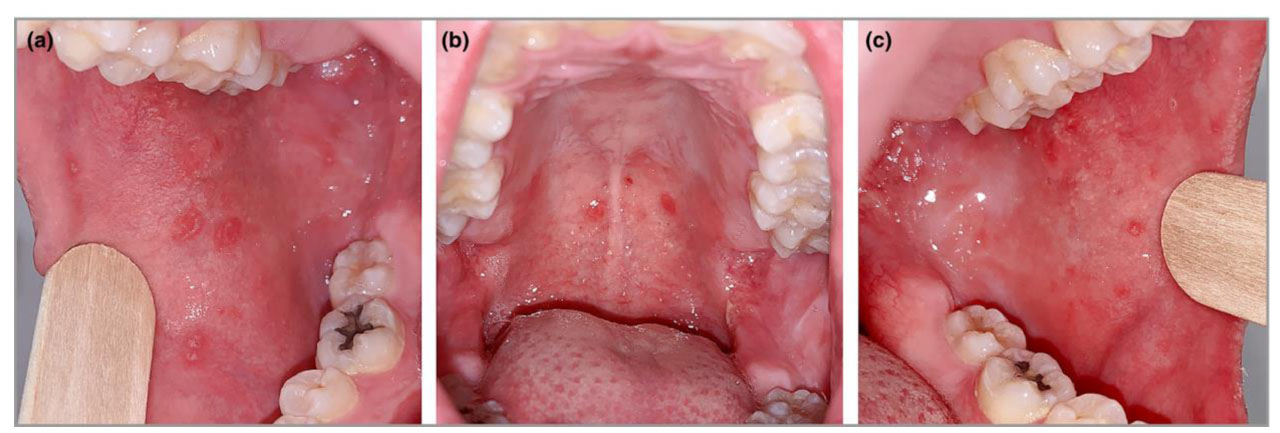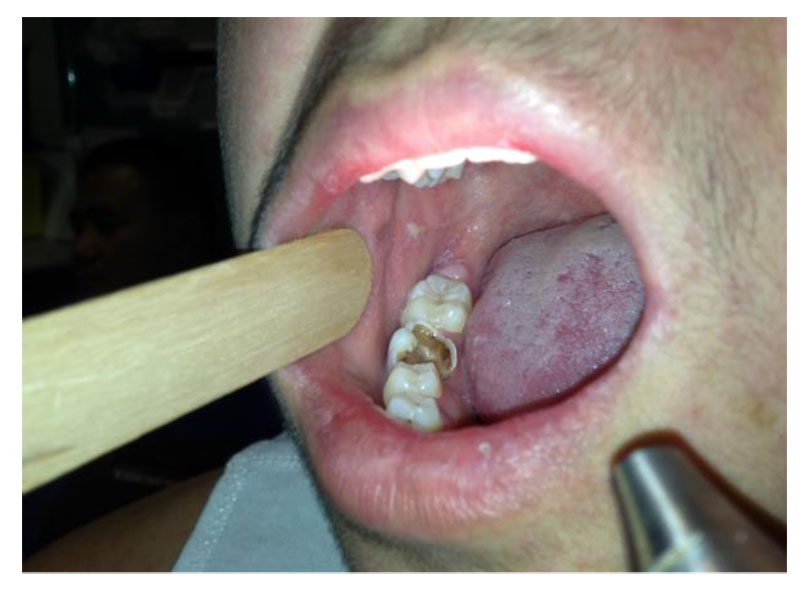- NEED HELP? CALL US NOW
- +919995411505
- [email protected]

Koplik spots are seen with measles.
These are bluish gray specks or grain substance on a red base, which usually appear on the buccal mucosa opposite the second molar.
Koplik's spots are 1–3 mm.

They have been described as ‘salt grains on a red background’.
The term Koplik spot derives its name from Dr. Henry Koplik of New York, who first described them in 1896.
They appear at the end of prodrome, just before the appearance of rash.
Koplik spots is ulcerated mucosal lesions marked by necrosis, neutrophilic exudate, and neovascularization.

These Koplik’s spots may also appear on the mucous membrane of the conjunctiva and vagina.
Koplik’s spots usually appear after 2 days of illness.
These spots, which last for 24–48 hours, are pathognomonic of measles.
Their presence establishes the diagnosis of measles.




